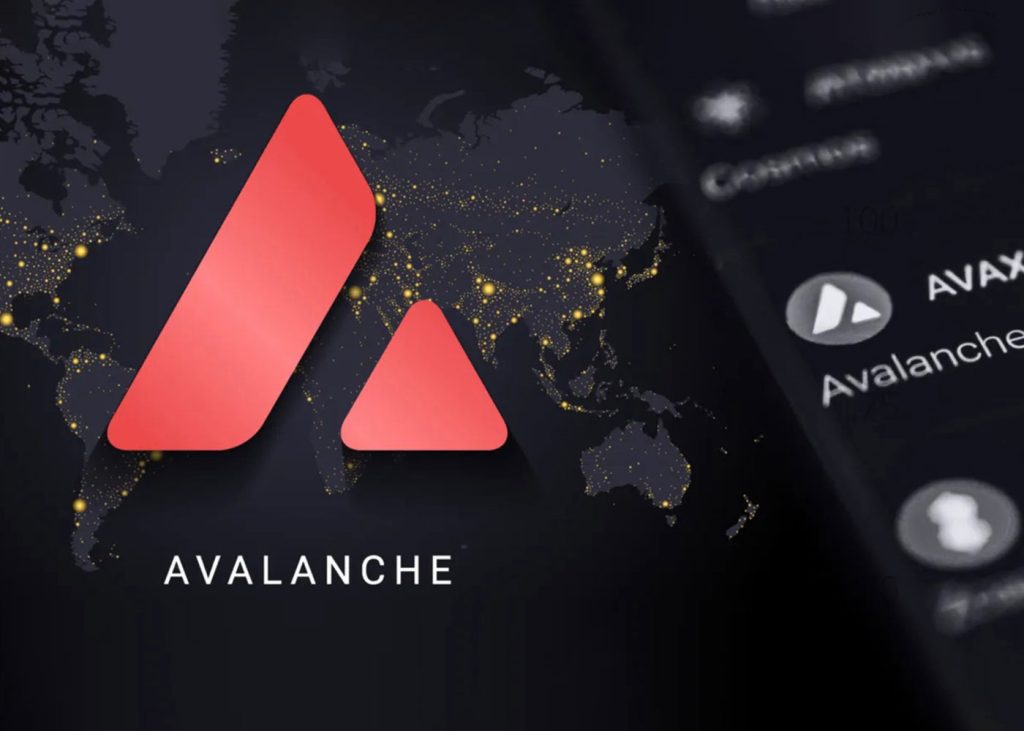
Avalanche (AVAX), founded in 2018 and located in Singapore, bills itself as the blockchain industry’s quickest smart contracts platform in terms of time-to-finality. Avalanche, which thrives on its fast speed, cheap cost, and eco-friendliness, also claims to have the most validators of any proof-of-stake (PoS) protocol on the market.
The Avalanche ecosystem is home to a number of projects related to digital securities, decentralized finance (DeFi), nodes, oracles, stablecoins, non-fungible tokens (NFTs), trading bots, wallets, and even more. The Avalanche wallet provides Avalanche assets with safe, non-custodial storage.
The Properties of Avalanche (AVAX)
Avalanche‘s main network is divided into three sub-chains: the Exchange Chain (X-Chain), the Platform Chain (P-Chain), and the Contract Chain (C-Chain). While Avalanche’s principal network’s major function is to validate the network’s built-in blockchains, each of these chains has distinct functions.
The Avalanche consensus protocol is represented by the X-chain, while the Snowman consensus protocol is represented by the P-chain and C-chain. The X-chain is beneficial for asset creation and exchange. The P-chain organizes validators and establishes subnets, while the C-chain executes EVM and smart contracts.
Ultimately, the Avalanche network enables you to create Ethereum DApps that instantly confirm transactions. Avalanche’s transaction processing power dwarfs that of many of its peer networks, clocking in at thousands of transactions per second.

Avalanche (AVAX)’s Tokenomics
But what of Avalanche (AVAX)’s Tokenomics? The network is powered by AVAX tokens. Validators stake these coins to safeguard the network while collecting incentives for keeping them locked up for an extended length of time. There are now around 220 million AVAX tokens in circulation, with a potential capped supply of 720 million tokens. The genesis block includes 360 million AVAX tokens, with the remaining 360 million tokens being issued over time. Unlike Bitcoin, where fees are distributed to miners, all Avalanche fees are burnt, increasing the scarcity of token supply. The minting of fresh AVAX tokens compensates for the burning caused by transaction fees.






